Apr 01, 2025
Towards Net Zero – Decarbonisation in Oil & Gas Industry
As the global energy landscape shifts towards sustainability, the oil and gas industry faces immense pressure to decarbonize and transition to net zero. Experts explore the latest technologies—hydrogen, carbon capture, offshore wind, and biofuels—driving this transformation. With industry leaders investing in clean energy and policies shaping the future, how will oil and gas companies navigate this evolving landscape?
![[object Object]](https://admin.industrialautomationindia.in/storage/cover_stories/coverstory-26VXdGgIfrRogbo8WWwUW43B3LuqvJtvKNk0ncpb.jpg)
Experts debate the emerging technologies facilitating the clean energy transition to net zero.
The net zero goal is crucial for the oil and gas industry because it addresses the industry's significant contribution to greenhouse gas emissions and the growing global pressure to mitigate climate change, offering both environmental and economic opportunities through innovation and transition to cleaner energy sources.
According to IEA, the production, transportation and processing of oil and gas results in close to 15% of global energy-related greenhouse gas emissions. This is a huge amount, equivalent to all energy-related greenhouse gas emissions from the US. The Oil & Gas Decarbonisation Charter (OGDC), a partnership of over 50 oil and gas companies, was launched at COP28 in 2023 to accelerate climate action. Low emission solutions like hydrogen and hydrogen-based fuels; carbon capture, utilisation and storage (CCUS); offshore wind; liquid biofuels; biomethane; and geothermal energy are among the options. While it is a given that the journey to net zero is full of obstacles, how are the oil & gas companies preparing to face the evolving challenges in this energy transition?

“I understand that the main obstacle for a real energy transition is cultural. The Oil and Gas industry is a secular industry and there is a trend to keep the mindset once the conventional thinking led the players for their current positioning, but the energy transition demands a deep change in this mindset. It's necessary to face the energy transition challenge as a survival question and dedicate efforts especially in energy efficiency projects which are the main pillar of the energy transition,” says Dr Marcio Wagner da Silva, Process Engineering Manager. “In some cases, we are seeing oil and gas companies facing the energy transition as a choice, this is not true...the energy transition should be faced as an essential competitive requirement,” he adds.
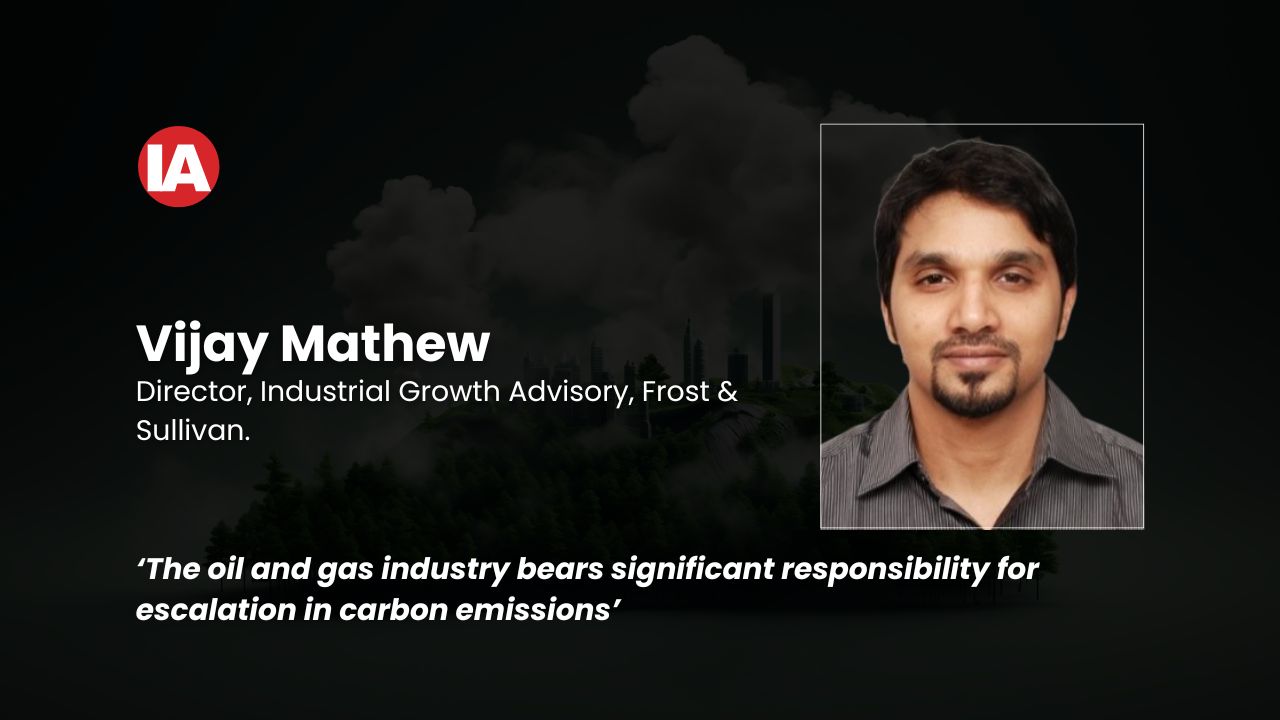
Vijay Mathew, Director, Industrial Growth Advisory, Frost & Sullivan, believes the oil and gas industry, historically the bedrock of the global energy ecosystem, now finds itself at an unprecedented crossroads. “As of 2024, the industry is pivotal not only to the generation of global energy supplies but also bears a significant responsibility for the escalation in carbon emissions. In 2024, global carbon dioxide (CO₂) emissions soared to a new height of 41.6 billion tonnes, with the combustion of fossil fuels alone contributing 37.4 billion tonnes. These stark figures not only highlight the critical role of the industry in global warming but also frames the urgent imperative for transformative action to achieve alignment with the Paris Agreement’s climate objectives,” he states.
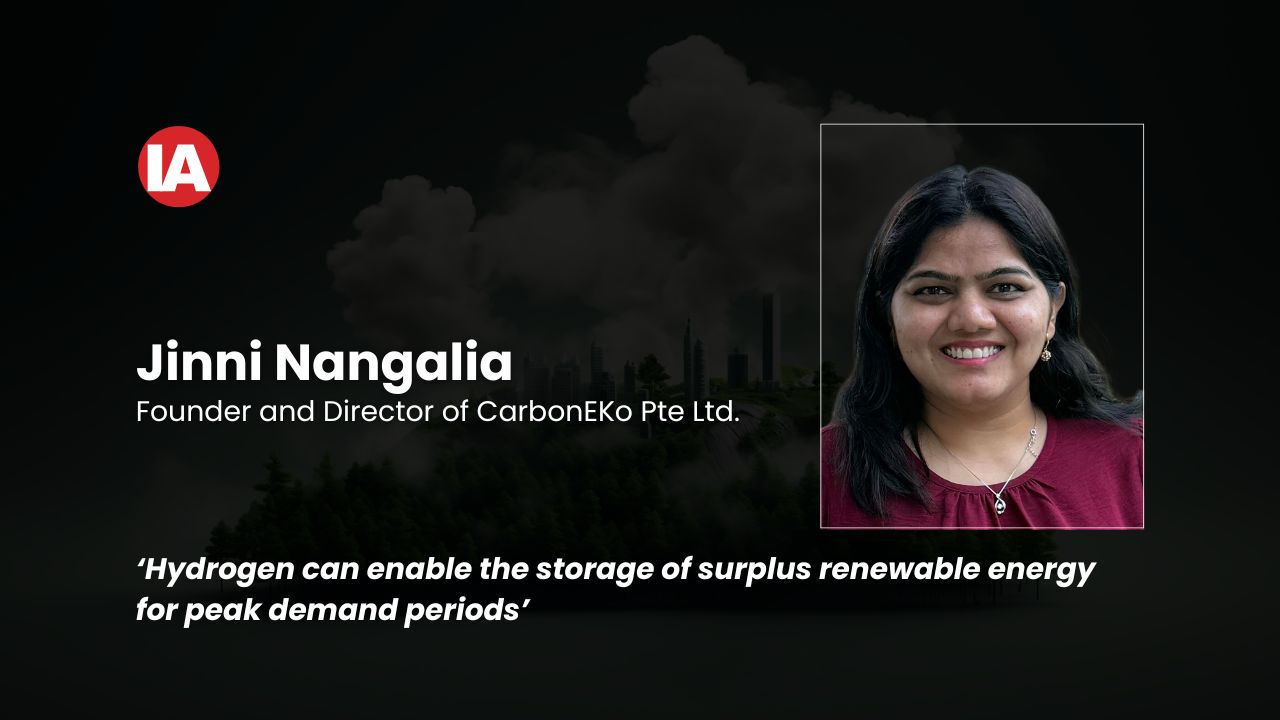
“I firmly believe that oil & gas companies are in profound transformation mode – much like seasoned
athletes retraining for a new sport. They are no longer solely the kings of fossil fuels; they’re reshaping themselves to thrive in a low-carbon, renewable-dominated future. Oil majors across the globe such as BP, Shell, TotalEnergies are pouring billions into renewable projects from offshore wind farms, solar arrays to even exploring geothermal energy. It’s like they are learning a new language: one that’s all about clean energy,” says Jinni Nangalia, Founder and Director of CarbonEKo Pte Ltd. Jinni also believes hydrogen, particularly green hydrogen, is drawing a strong interest and potential for clean energy. “Oil companies are embracing carbon capture and storage (CCS) projects that can capture CO2 directly from their operations or even directly from the air, storing it safely underground or using it in industrial processes – a kind of giant air filter,” she says.
For any affirmative action to be effective in achieving an objective, especially where costs are involved, it must be backed by suitable policies and regulations. In case of decarbonisation, there are remedial measures like carbon pricing, emission standards, renewable energy mandates, and low-carbon technologies. What policies or regulations could be most effective in driving decarbonisation in the industry in general, the oil & gas industry in particular?
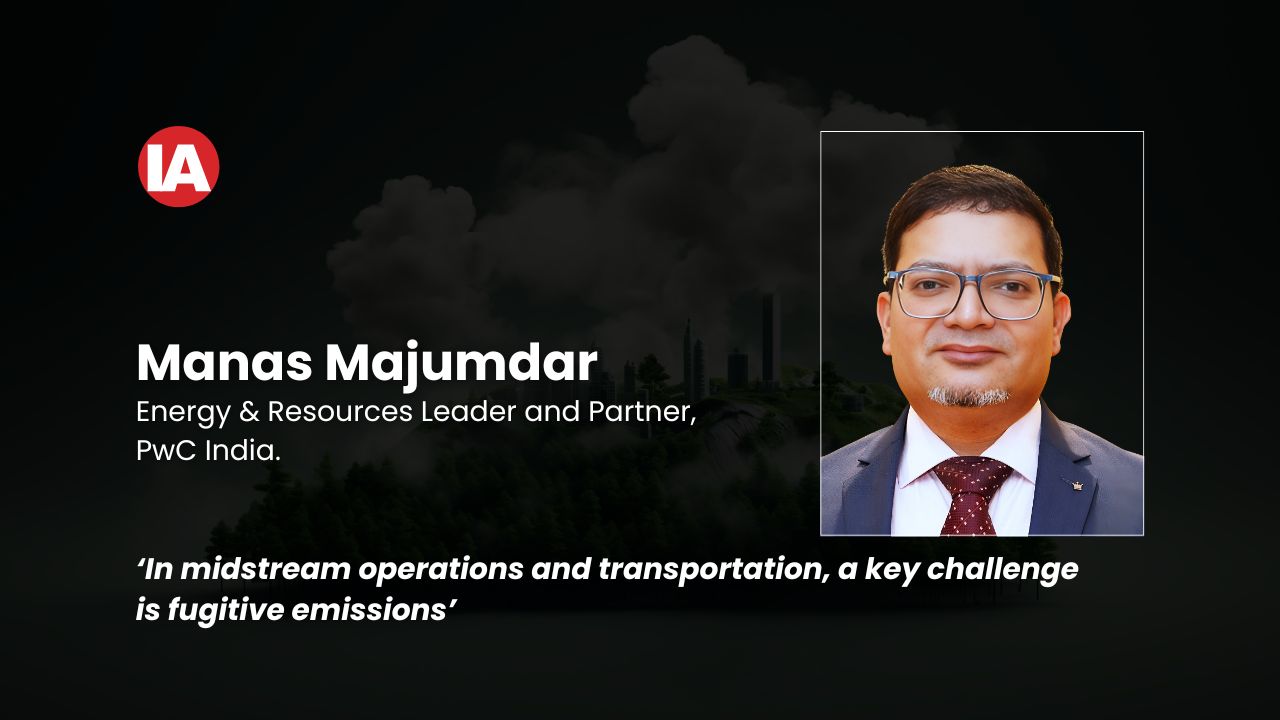
“Effective policies and regulations are critical to drive decarbonisation in the oil & gas industry; these can be in terms of positive measures towards clean energy solutions or disincentives for traditional, fossil fuels to reduce their production/consumption. Key inhibiting measures include introducing and implementing carbon pricing mechanisms to price in the carbon emissions cost, while setting up emissions trading system (ETS), which provides credits for decarbonisation through development of global and regional carbon markets,” says Manas Majumdar, Energy & Resources Leader and Partner, PwC India. Other variant mechanisms, according to him, include carbon taxes or cap-and-trade systems, which encourage companies to invest in cleaner technologies and practices to lower their emissions footprint.
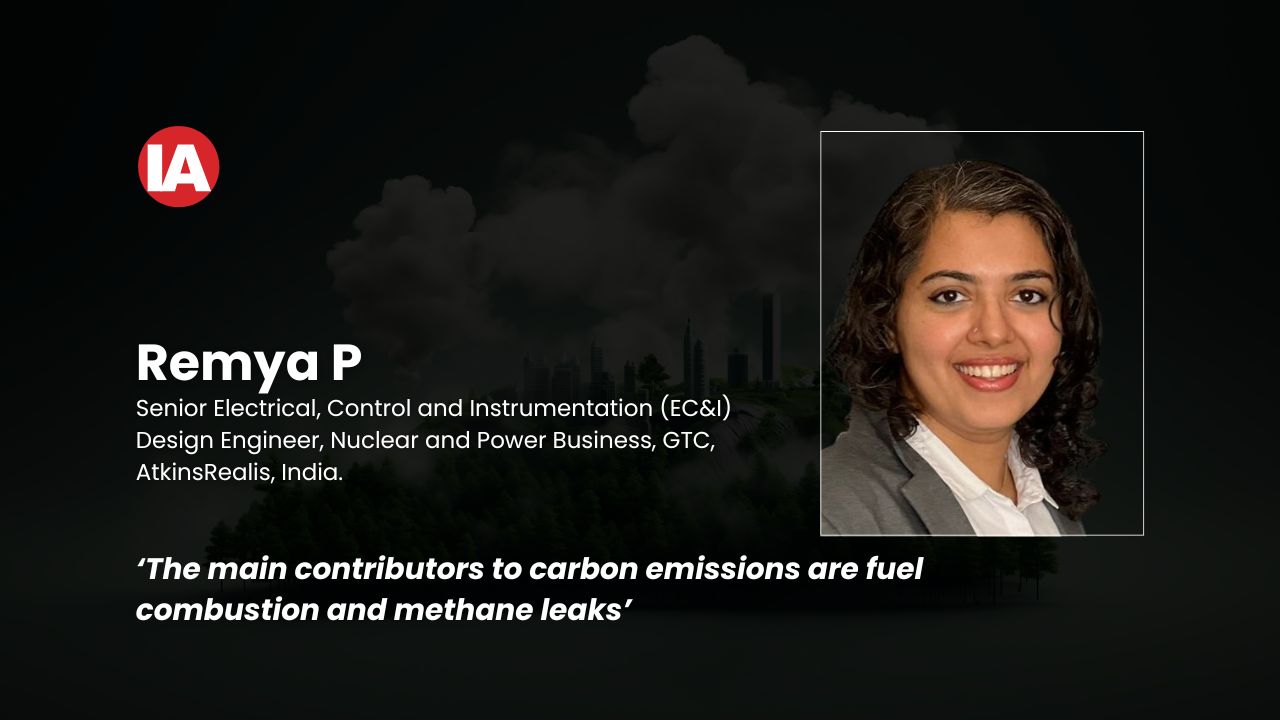
For Remya P, Senior Electrical, Control and Instrumentation (EC&I) Design Engineer, Nuclear and Power Business, GTC, AtkinsRealis, India, there are several policies and regulations options that could effectively drive decarbonisation in the oil and gas industry. Foremost among these are Carbon Pricing, where implementing carbon taxes or cap-and-trade systems is crucial. Setting stringent emissions standards for industrial processes and transportation is also essential. Then there has to be financial support for renewable energy projects, energy efficiency improvements, and carbon capture and storage (CCS) technologies, subsidies that can make it easier for companies to transition to greener practices. Other measures include Methane Regulations, Renewable Energy Mandates, Research and Development Funding and Transparency Requirements, especially in reporting emissions and progress towards decarbonisation goals to enhance accountability. “Countries like Sweden, the UK, Germany, and China, along with companies like BP, Shell, ExxonMobil, and TotalEnergies, are leading the way by implementing these policies and strategies. Their efforts are paving the path towards a sustainable and low-carbon future,” says Remya.
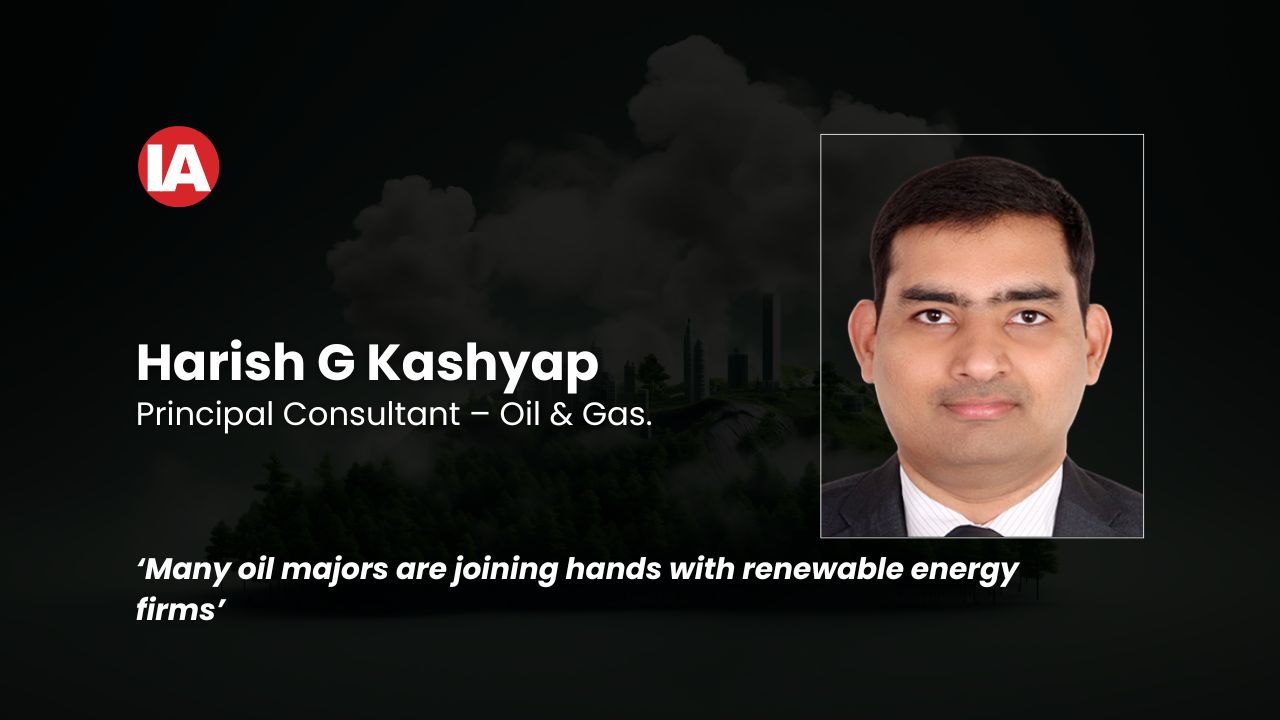
“Think of policies as the roadmaps and regulations as the traffic rules. It's crucial time to have clear, consistent policies that incentivise renewable energy and penalise excessive emissions. For the oil and gas industry, implementing carbon pricing mechanisms (assigning a tangible cost to carbon emissions), strict regulation for methane emissions, as well as incentives for carbon capture and storage, could be very effective,” says Harish G Kashyap, Principal Consultant – Oil & Gas. However, he cautions, “Regulatory landscapes differ across markets, making it difficult for companies operating in multiple regions to navigate these policies seamlessly. It's about setting the right direction and ensuring everyone follows the rules – no exceptions.”
There are many options that are available as possible solutions for emissions resulting from the oil and gas operations. Which emerging technologies show the most promise for reducing emissions in oil & gas operations? How feasible is hydrogen that is seen as a possible solution?
To Dr Marcio Wagner da Silva, the main pillar of energy transition in the oil and gas processing chain is the energy efficiency projects. “It does not make sense to talk about emissions reduction while wasting energy in inefficient processes; this should be the base of any energy transition efforts. This is the same for the hydrogen consumption; hydrogen became essential in the oil and gas processing chain and it's not rare to see downstream players burning hydrogen in their flaring systems due to inefficiency in the process. Considering this fact, consolidated technologies like flaring gas recovery systems are fundamental to reduce the emissions in oil and gas industry as well as carbon capture technologies,” he opines.
Vijay Mathew, draws attention to the Oil & Gas Decarbonisation Charter (OGDC) inaugurated at COP28 in 2023. The OGDC's strategy emphasizes not just adherence to established decarbonisation methods but also the exploration and implementation of cutting-edge technologies and collaborative approaches that could redefine sustainable practices across the global energy landscape. “The Kalundborg Eco-Industrial Park in Denmark exemplifies how the oil and gas industry can implement industrial symbiosis effectively. At this facility, Equinor ASA's refinery works synergistically with entities like a power station and a pharmaceutical plant, leading to optimise resource utilisation and minimise waste. Key exchanges include using refinery by-products such as sulfur, which is processed into gypsum for plasterboard production, and transforming waste heat into communal district heating, thereby enhancing energy efficiency and reducing carbon emissions across multiple sectors,” he explains.
“There are exciting emerging technologies that are showing strong promise for reducing emissions in oil & gas operations,” says Jinni Nangalia. “Imagine CCUS as a giant vacuum cleaner that can swoop in 30% to 50% CO2 emissions from air. In fact, projections even suggest that by 2050, CCUS could remove between 2 to 3 Gigatonnes of CO2 annually.” She also says technologies like drones, satellites, and laser sensors can reduce the dreaded methane leaks by 20% to 40%. “Think of them as the ‘whistle blowers’ of the gas world, alerting operators before a tiny leak ends up throwing a methane rave in the atmosphere, which is common in plant operations.” To her, hydrogen, nature’s multi-tool for energy challenges, is another thrilling prospect that offers remarkable versatility. “Imagine one fuel capable of powering your cars, driving industries, and even storing energy for times when the sun isn’t shining, or the wind isn’t blowing. When produced from renewable sources, its only by-product is water—a true game-changer for pollution reduction and a healthier planet. Plus, hydrogen can function like a giant battery, enabling the storage of surplus renewable energy for peak demand periods,” she emphasises.
How exactly can the oil & gas companies approach the problem? The logical way could be to break it down according to the operational needs. What are the key strategies for reducing emissions in upstream, midstream, and downstream operations?
“Before defining the key strategies for reducing emissions in the operations, let’s assess the main contributing factors/processes with regard to the carbon emissions,” says Remya P. According to her, emissions are primarily due to the use of diesel engines and other equipment during exploration and drilling processes. Additionally, the extraction and initial processing of oil and gas involve significant energy consumption, leading to methane emissions through venting, flaring, and fugitive emissions. “The main contributors to carbon emissions are fuel combustion and methane leaks from pipelines during transportation. Emissions also arise from evaporation and leaks during the storage phase. The energy required for compressing and pumping natural gas and oil through pipelines is often dependent on non-renewable sources, leading to CO₂ emissions. Refining processes are energy-intensive and produce significant CO₂ emissions. Additionally, emissions occur during the distribution of refined products to end-users. Finally, the major source of CO₂ emissions is from consumer activities, such as vehicles, industrial processes, and power plants,” she elaborates.
Manas Majumdar, dwells upon the three segments at length with the following explanation:
a. Upstream: First part of reduction would be by eliminating routine flaring, which can be addressed through efficient planning and production. Further to address emissions during oil and gas production, implementing CCS solutions would be a key initiative. For offshore rigs there can be further decarbonisation of energy use by electrifying operations using offshore wind energy which would be a proximate and relevant solution.
b. Midstream: In midstream operations and oil and gas transportation, a key challenge is fugitive emissions – adopting leak detection systems and monitoring technologies through drones and satellite imagery, alongside intelligent pipeline repair programs would help in first accurate tracking and then minimising emissions. These technologies can mitigate emissions by close to 80% and the gas saved can be productively used/sold, highlighting the economic viability of these measures.
c. Downstream: on the refining and consumption side, companies are decarbonising by pivoting towards biofuels and green hydrogen, and their blending in transport fuels and gas. Companies are also moving towards broader energy retail by setting up EV charging in fuel pumps, which helps them meet emerging customer demands, while decarbonising.
“Think of it like managing a complex supply chain. In Upstream, reducing flaring and leaks, electrifying drilling rigs and implementing carbon capture solutions is crucial. Norway, for example, is leading the way in electrifying its offshore oil and gas platforms to reduce reliance on fossil fuel-powered generators,” says Harish G Kashyap. According to him, in Midstream, optimising pipeline efficiency, introducing advanced pipeline monitoring systems and reducing energy consumption are key. In Downstream, increasing energy efficiency and transitioning to cleaner fuels (biofuels) and CCUS projects at refineries are important. “Each segment has its specific challenges but also unique opportunities for emission reduction,” he asserts.
Enabling the energy transition will require significant investment, with some estimates suggesting up to US$5.8 trillion each year to 2050. What incentives or funding mechanisms are available to support the transition to net zero?
“In some countries, the policies for the energy transition are not clear and well defined and this is the main weakness of the energy transition efforts in my point of view. On the other hand, we are seeing good examples related to subsidies for clean energy and biomass co-processing to produce lower carbon intensity derivatives in Europe, which can be a good example to follow,” says Dr Marcio Wagner da Silva. “However, it's important to make a reservation; the energy transition will demand adequate policies from governments including subsidies, which can be very difficult for developing regions once their people have bigger priorities. This is the reason for a coordinated global effort for achieving a real and deep energy transition,” he notes.
First point to acknowledge is that energy transition is complex, and it will not be achieved easily and will take significant investments and effort. An IEA estimate suggests that an upfront investment of USD 600 billion is needed to reduce the emission intensity to half by 2030.
Manas Majumdar cites the COP28 held in Dubai in late 2024 where nations committed more than US$83 billion for climate financing. This funding encompassed contributions to the Green Climate Fund, the Least Developed Countries Fund, the Special Climate Change Fund, and the Adaptation Fund, all of which are multi-governmental initiatives. In addition, several countries have taken the carbon market and carbon credits route to support energy transition. Carbon credits provide revenue streams for companies developing transitional technologies, enabling further investment and deployment. Further, multiple International Development Agencies (IDA) such as Asian Development Bank, The World Bank Group, GIZ, etc., are funding many energy transition projects across the globe. Additionally, funding is being directed towards R&D in low-carbon technologies. “Overall, a combination of governmental incentives, IDA funding and private sector financing, along with robust administering mechanisms will be required to facilitate the clean energy transition,” he says.
What role do cross-industry partnerships (e.g., with renewables and carbon markets) play in decarbonisation efforts?
“Cross-industry partnerships are essential for the decarbonisation process. Enabling collaboration between oil and gas companies, renewables, technology firms, and carbon markets is crucial for a sustainable future. These partnerships drive knowledge sharing, technological advancements, and new market opportunities for low-carbon solutions. Integrating offshore wind farms with oil platforms can provide low-carbon power to both sectors. Companies can offset their emissions by investing in carbon credits and carbon removal technologies in the carbon markets,” says Remya P.
“Imagine preparing a city/venue for a FIFA world cup match. No single person or club can organise it alone. You need to team up and you need the best of the best on that team. You will need to collaborate with many external stakeholders and partner with many sectors to make it a success. Similarly, no single company or industry can decarbonise in silos. Cross industry collaboration between oil and gas companies, renewable energy providers, technology companies, and governments is essential,” says Harish G Kashyap. “Many oil majors are joining hands with renewable energy firms to integrate solar, wind, and battery storage solutions into their operations. Partnerships in the carbon market are also gaining momentum, where companies offset their emissions by investing in forest conservation or direct air capture projects,” he explains.
Summing up, Dr Marcio Wagner da Silva maintains synergy is fundamental to the circularity and consequently to carbon emissions efforts. “A very good example is the synergy between refining and petrochemical assets in the downstream industry, this synergy is capable of reducing the carbon and energy intensity of petrochemical and refining processes through streams exchanges between the process plants as well as ensuring higher added value to the processed carbon. Another example is the chemical/plastics recycling efforts which demand adequate synergy between refiners and petrochemical plants to ensure the circularity of the plastics processing,” he concludes.
Note: The responses of various experts featured in this story are their personal views and not necessarily of the companies or organisations they represent. The full interviews are hosted online at https://www.iedcommunications.com/interviews)